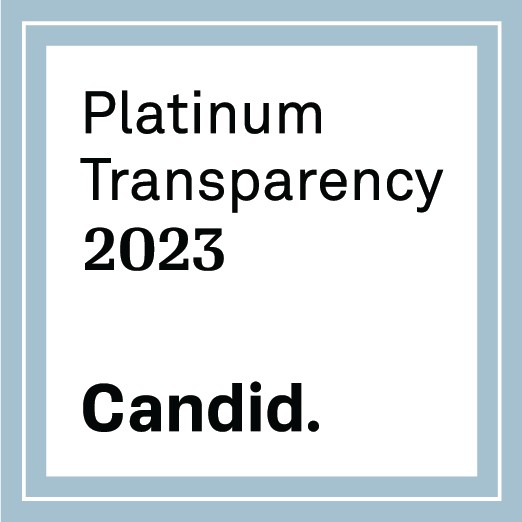
-
Understanding primary immunodeficiency (PI)

Understanding PI
The more you understand about primary immunodeficiency (PI), the better you can live with the disease or support others in your life with PI. Learn more about PI, including the various diagnoses and treatment options.
-
Living with PI
-
Addressing mental health
-
Explaining your diagnosis
- General care
- Get support
- For parents and guardians
-
Managing workplace issues
- Navigating insurance
-
Traveling safely

Living with PI
Living with primary immunodeficiency (PI) can be challenging, but you’re not alone—many people with PI lead full and active lives. With the right support and resources, you can, too.
-
Addressing mental health
-
Get involved

Get involved
Be a hero for those with PI. Change lives by promoting primary immunodeficiency (PI) awareness and taking action in your community through advocacy, donating, volunteering, or fundraising.
-
Advancing research and clinical care
-
Grants
-
IDF surveys
-
Participating in clinical trials
-
Diagnosing PI
-
Consulting immunologist
-
Clinician education

Advancing research and clinical care
Whether you’re a clinician, researcher, or an individual with primary immunodeficiency (PI), IDF has resources to help you advance the field. Get details on surveys, grants, and clinical trials.
-
Grants

A promising new study shows that pioglitazone, a medication approved for the treatment of type 2 diabetes, can affect the white blood cells in chronic granulomatous disease (CGD) to help fight bacterial infections.
Donna Bratton, MD, National Jewish Health Professor of Pediatrics, along with her colleagues authored the study, published in the February 2015 issue of the Journal of Allergy and Clinical Immunology. She explained, “I am a pediatric immunologist, and although patients with CGD are rare, it’s one of the more common immunodeficiencies on a genetic basis. I was intrigued by the two ways that CGD affects patients: inflammation and infection.”
First, she wanted to look more deeply into inflammation, which causes common problems, such as inflammatory bowel diseases and granulomas in the respiratory, gastrointestinal, or urinary tract, causing obstruction.
Dr. Bratton’s “aha” moment occurred when she saw how pioglitazone reduced inflammation in several animal models of inflammation, and she wondered if this same medication could also reduce inflammation in patients with CGD.
“We know a lot about neutrophils and oxidants and how that helps in host defense, but what was really intriguing to me is what white cells in CGD were doing in terms of worsening inflammation,” she said.
One of the things she started thinking was about the way that phagocytes (neutrophils, monocytes, and macrophages) react in normal vs. CGD circumstances.
“We first looked at clearing of dead cells, and for patients with CGD, cell clearance doesn’t happen properly,” said Dr. Bratton. “This is what can lead to inflammation and granulomas.”
In her research, she found that pioglitazone could enhance macrophages, which suppress inflammation and increase their ability to clear dying and activated inflammatory cells such as neutrophils.
“Pioglitazone activates a protein called PPAR gamma, and in some macrophages, it is clearly the boss,” said Dr. Bratton. “It is anti-inflammatory, and it allows them to resolve, clear, and restore the tissues. Without pioglitazone, PPAR gamma isn’t activated properly in CGD phagocytes.”
At this time, pioglitazone is approved only for type 2 diabetes. However, the research community is now looking into the broad applications of the medication, and PPAR gamma agonists are on trial in a number of inflammatory diseases.
To test her hypothesis on whether a drug approved for diabetes control could help with infections in CGD, Dr. Bratton ran two research models involving mice with CGD mutations that were inflamed and infected with pathogens that are difficult to treat in patients with CGD.
Bratton and her colleagues found that pioglitazone did indeed boost the production of oxidants in white blood cells by about 30 percent in a mouse model of CGD and in white blood cells from patients with CGD. They also found that pioglitazone enhanced the ability of the cells from the CGD mouse model to kill Staphylococcus aureus and Burkholderia cepacia.
In addition, she and her team determined that the additional oxidants come not directly from NADPH oxidase, which is not functional in patients with CGD, but from mitochondria, the energy-producing organelles within the white blood cells.
In terms of the next steps, Bratton is working with Dr. Steven Holland of the NIH to secure funding for a human trial, and she hopes to begin working on this new phase of research in 2016.
“We must see if this has a human application,” said Dr. Bratton. “The cure for CGD is to restore the NADPH oxidase; while we are waiting to get there, we may be able to do some interesting things with this treatment strategy to help with inflammation and infection in CGD, and it deserves to be studied as an option.”
Sign up for updates from IDF
Receive news and helpful resources to your cell phone or inbox. You can change or cancel your subscription at any time.





The Immune Deficiency Foundation improves the diagnosis, treatment, and quality of life for every person affected by primary immunodeficiency.
We foster a community that is connected, engaged, and empowered through advocacy, education, and research.
Combined Charity Campaign | CFC# 66309




